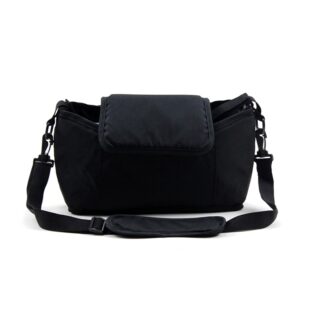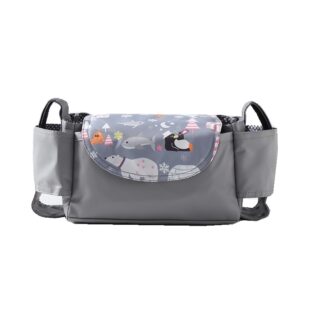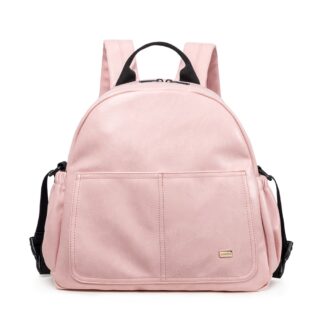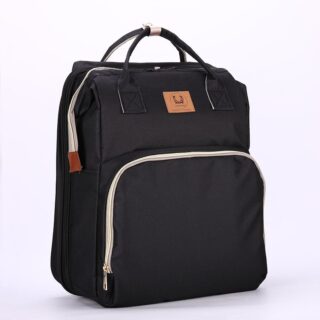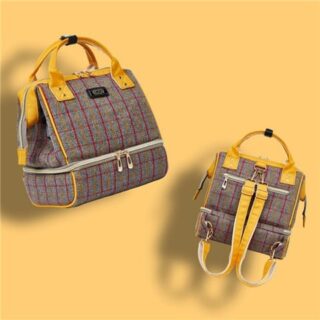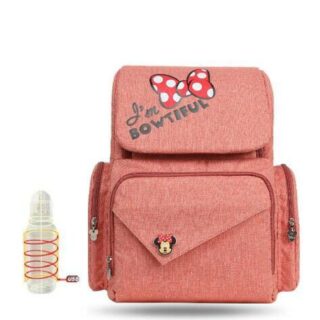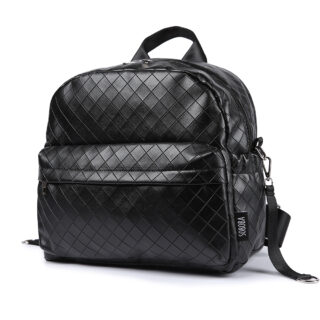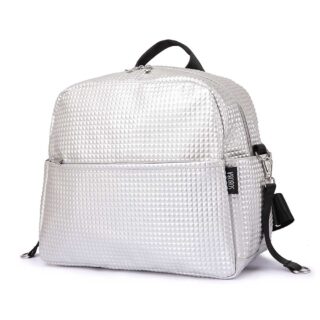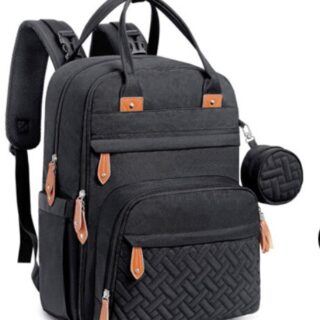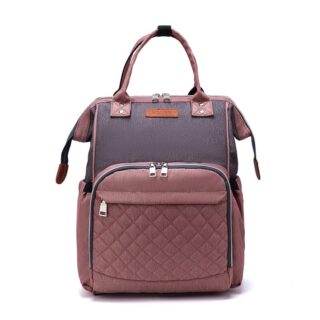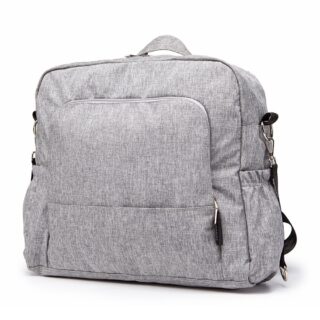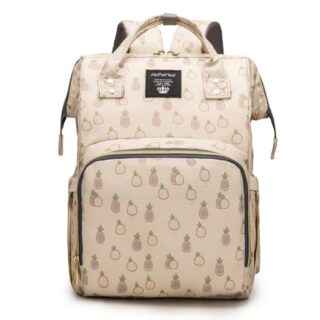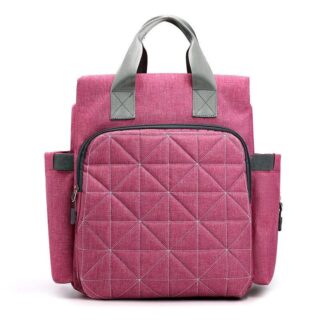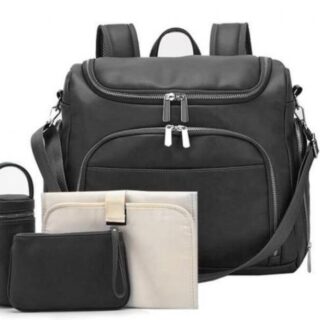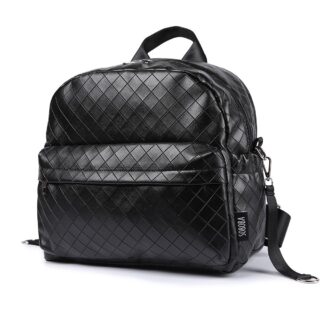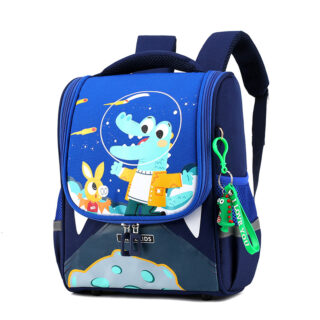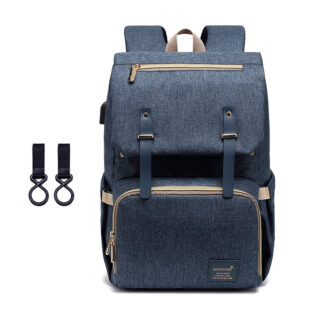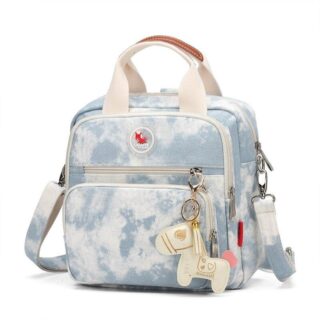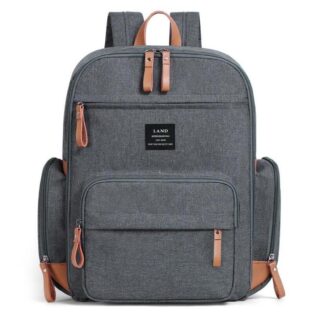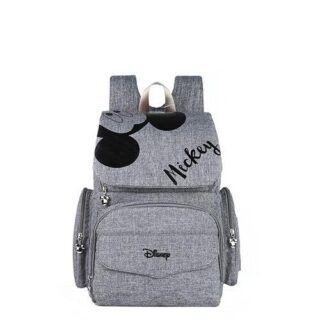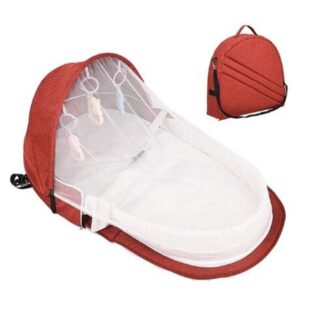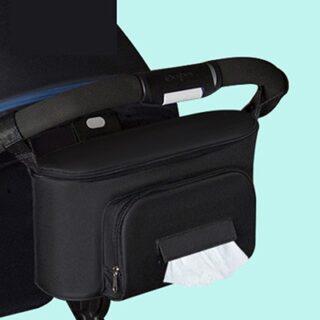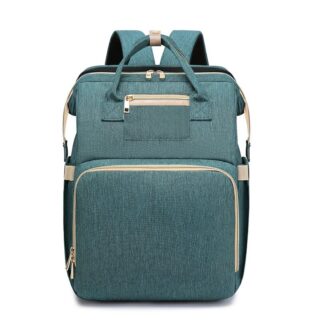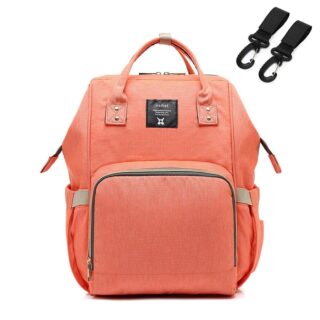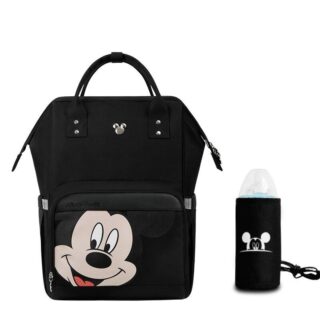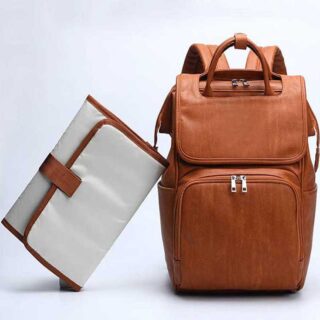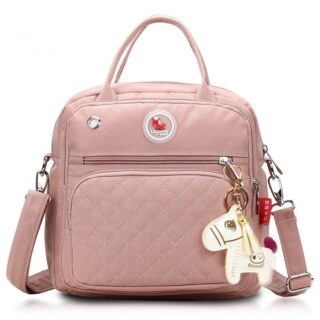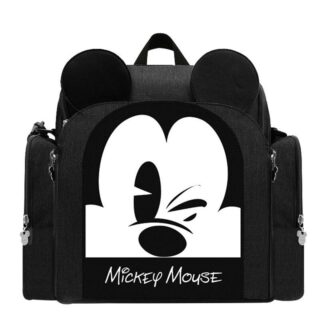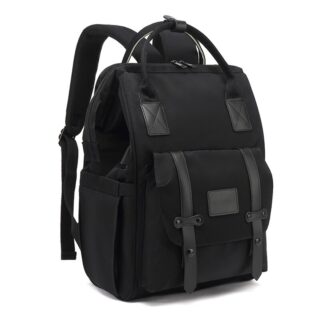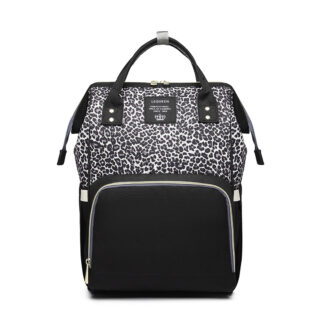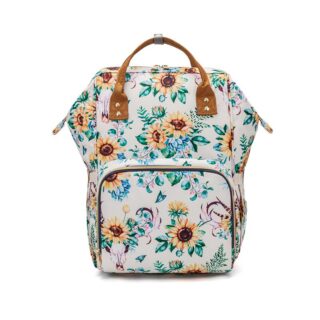Showing 1–36 of 66 resultsSorted by popularity
-
$24.90 Select options This product has multiple variants. The options may be chosen on the product page
-
$29.90 Select options This product has multiple variants. The options may be chosen on the product page
-
Baby Backpacks, Backpacks for Women
$88.90 Select options This product has multiple variants. The options may be chosen on the product page -
$59.90 Select options This product has multiple variants. The options may be chosen on the product page
-
Baby Backpacks, Isothermal Backpacks
$65.90 Select options This product has multiple variants. The options may be chosen on the product page -
Baby Backpacks, Backpacks for Women
$84.90 Select options This product has multiple variants. The options may be chosen on the product page -
Baby Backpacks, Backpacks for Women
$85.90 Select options This product has multiple variants. The options may be chosen on the product page -
Baby Backpacks, Backpacks for Women, Private sales
$94.90 Select options This product has multiple variants. The options may be chosen on the product page -
$54.90 Select options This product has multiple variants. The options may be chosen on the product page
-
Baby Backpacks, Backpacks for Women
$59.90 Select options This product has multiple variants. The options may be chosen on the product page -
Baby Backpacks, Backpacks for Women
$59.90 Select options This product has multiple variants. The options may be chosen on the product page -
Baby Backpacks, Backpacks for Women
$58.90 Select options This product has multiple variants. The options may be chosen on the product page -
Baby Backpacks, Backpacks for Women
$120.90 Select options This product has multiple variants. The options may be chosen on the product page -
Baby Backpacks, Backpacks for Women
$54.90 Select options This product has multiple variants. The options may be chosen on the product page -
Kids Backpacks, Baby Backpacks, School Backpacks
$47.90 Select options This product has multiple variants. The options may be chosen on the product page -
Baby Backpacks, Backpacks for Women
$64.90 Select options This product has multiple variants. The options may be chosen on the product page -
Baby Backpacks, Backpacks for Men, Backpacks for Women
$69.90 Select options This product has multiple variants. The options may be chosen on the product page -
Baby Backpacks, Backpacks for Women
$64.90 Select options This product has multiple variants. The options may be chosen on the product page -
Baby Backpacks, Backpacks for Men, Backpacks for Women
$85.90 Select options This product has multiple variants. The options may be chosen on the product page -
Baby Backpacks, Backpacks for Women
$59.90 Select options This product has multiple variants. The options may be chosen on the product page -
Baby Backpacks, Backpacks for Women
$49.90 Select options This product has multiple variants. The options may be chosen on the product page -
$40.90 Select options This product has multiple variants. The options may be chosen on the product page
-
Baby Backpacks, Backpacks for Women
$107.90 Select options This product has multiple variants. The options may be chosen on the product page -
Baby Backpacks, Backpacks for Women
$74.90 Select options This product has multiple variants. The options may be chosen on the product page -
$49.90 Select options This product has multiple variants. The options may be chosen on the product page
-
Baby Backpacks, Backpacks for Women
$102.90 Select options This product has multiple variants. The options may be chosen on the product page -
$97.90 Select options This product has multiple variants. The options may be chosen on the product page
-
Baby Backpacks, Backpacks for Women
$57.90 Select options This product has multiple variants. The options may be chosen on the product page -
Baby Backpacks, Backpacks for Women
$139.90 Select options This product has multiple variants. The options may be chosen on the product page -
Baby Backpacks, Backpacks for Women
$101.90 Select options This product has multiple variants. The options may be chosen on the product page -
Baby Backpacks, Backpacks for Women
$104.90 Select options This product has multiple variants. The options may be chosen on the product page -
Baby Backpacks, Backpacks for Women
$64.90 Select options This product has multiple variants. The options may be chosen on the product page -
Baby Backpacks, Backpacks for Men, Backpacks for Women, Vintage Backpacks, Vintage Backpacks for Women
$84.90 Select options This product has multiple variants. The options may be chosen on the product page
Showing 1–36 of 66 resultsSorted by popularity
Backpacks are great accessories for little treasures, especially for storing their things. There are bag models perfectly adapted to their size and morphology. Practical and comfortable, they are available in a wide range of shapes and colours to suit all tastes. Several brands offer a variety of ranges depending on the level of quality. So how to wisely choose a baby backpack?
Description of the baby backpack
A backpack is a container that is used to carry different kinds of things. It is designed to be worn on the back by means of straps or belts (for the shoulders) or waist belt (on the hips). The models are adapted to the future user and his needs. For small children and babies in particular, the backpack must meet very strict specifications to be suitable.
There is awide range of choicein terms of baby backpacks. Some designs and colours are suited to a child’s happy and fun world. You can find them in the shape of animals or with the effigy of his favourite superheroes, reminding him of his favourite cuddly toys or cartoons.
The manufacturers make a number of customisations to make the bags suitable for both boys and girls (unisex). It is also possible to buy gender-specific bags with colours and patterns specific to a particular gender. These are all features that give you plenty of choice. The most important thing is to base your choice on your age and needs.
A determining factor depending on the age or class of your little angel is the size. Depending on his school supplies, he will need more or less space to carry his things every day. If he needs to store his water bottle or his snack, adapted pockets are recommended.
The quality and sturdiness of the baby backpack are also very important. A baby does not yet have the wisdom to handle fragile accessories. So it is best to take the necessary precautions. His bag should always be sturdy to last at least a whole school year.
Wearing a baby backpack to daycare
Children from nursery to kindergarten are still very small and not used to carrying large objects. Choose very small bags adapted to their morphology. The straps should however be adjustable to allow the child to move freely and grow with them.
Practical zippedpocketsallow the child easy access to their belongings. Favour the comfort of fleece backpacks for their delicate bodies. Avoid unnecessary items and take only the bare essentials for the little angel. There are bags with 4 straps: two to put on the back (child) and two to hold it in the hand (parents).
When the child is not yet walking well on his feet, avoid carrying his backpack. Wait until the child is able to carry it on his own, like a grown-up. Of course, it is permissible to teach him the movements to be made so that he learns and memorises them. Above all, you must go at his pace without rushing things.
The criteria for choosing a good baby backpack
All parents should look at several specific criteria to determine the right backpack for their little one. It should not be too heavy or bulky, as it needs to hold several extra items.
Functionality of the accessory
If the backpack is to be used for going to school, it will prioritise practicality. The features offered come down to the types of pockets available for the purpose of storing one’s baby’s belongings. They must be perfectly adapted to your child’s school supplies in order to allow him to move around without difficulty.
Specifically for babies, it is recommended to avoid shoulder bags. They can cause the infant to adopt poor posture when walking or standing. Opt for backpacks with wheels (and retractable handles) for toddlers who walk a long way to class.
Comfort at all times of use
The most important thing about a child’s backpack is its ease of use. It should be lightweight and durable. So ideally it should be washable and waterproof for rainy seasons. If it has pockets on both sides, the overall weight can be balanced according to need.
Comfort and healthy materials should be a priority for baby backpacks. Several materials such as canvas and fabric are suitable for all seasons. Conversely, leather, jeans or cotton are not really suitable for a child’s backpack.
For safety
A baby backpack will need to be a decent size. In order not to exceed the width of the child’s back, its dimensions should be carefully considered. So adapt the bag to the child’s supplies so that it is as light and small as possible. The first school classes require few accessories.
It is also advisable that the bag does not extend beyond the shoulders and stops just before the buttocks. This makes it easier for him to move around. The shoulder straps and straps should also be perfectly adjustable. In addition, a padded back is a better choice for toddlers.
A backpack that is overloaded or badly worn will have unpleasant consequences for the child’s posture. For this reason, special attention should be paid to this detail. Excess weight can cause muscle pressure, back pain, shoulder and neck pain.
The art of carrying the backpack
The way to pick up and carry the backpack responds to a particular daily routine to preserve one’s posture and not hurt oneself over time. Children are the most concerned, as their final posture is not yet fully developed. They need to use their backpacks with care to avoid injury.
A well-filled backpack should not weigh more than 10% of the wearer’s weight. In addition, the accessory should be balanced and easy to lift. To this end, the child should only carry what is strictly necessary each day. For example, they can wait until they are at school before filling their water bottle, if possible. To reduce the weight, they can also keep their lunch in their hand.
Before putting on the backpack, the child should squat down to carry it. It is strongly discouraged to bend forward (without bending the knees) to lift it. The child can place the backpack on a table or desk at his or her height to facilitate the manoeuvre. This allows the child to place his or her arms without having to bend or stoop.
Parents should ensure that children’s bags are adjusted before they leave for school. Adjust the shoulder straps and straps properly so that the child stands upright. Check the child’s gait and posture when moving around. Signs that a backpack is too heavy are
– Back and shoulder pain;
– Walking bent over or backwards;
– Having to grab the shoulder straps to carry your bag.
